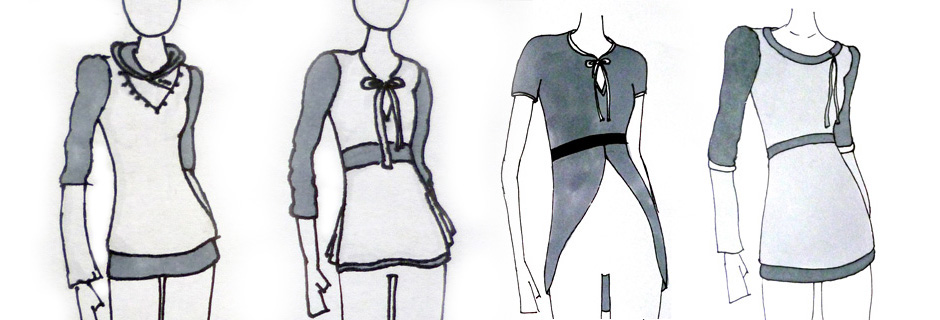Smart clothing in the mainstream
My Master thesis "Smart clothing in the mainstream - Implications of technology in the context of clothing" dealt with smart clothing which could be
roughly defined as clothing augmented with electronic functionality. In my research I was looking at why smart clothing is still only found in healthcare, sports and
military applications and not in mainstream consumer markets. I was also looking at what could make smart clothing attractive for consumers in the future.
Setting out to find a killer app for smart clothing that could propel the field into mainstream markets and lead to widespread adoption, I found that
smart clothing is rather a killer lifestyle than having a killer app.
One the one hand, I consulted academic literature about the subject but on the other hand, I also carried out my own practical research into the subject.
I conducted a survey to find out the broader relationship between people, technology and their clothing. After that I held two workshops with students and
professionals from the field of wearable technology to see what ideas they would come up for smart clothing. I also interviewed independent designers and academics working in the field.
From all these insights, I came up with six ideas for potential mainstream smart clothing. The three most promising ones were combined into one concept.
At the heart of the concept is a garment which can change its visual appearance. The person wearing the shirt can change their style on the go.
At work you might have a more formal style and when you leave work, you might switch to a more relaxed style when you go out to have an evening with friends.
You can either buy digital styles for your garment or create them yourself. Users can also share styles among themselves face to face or over the Internet. Inside the garment, there is a smart label, that syncs up with
the user's mobile device to make it possible to buy, create or resell styles. The smart label also helps with the washing process. When put into the washing machine,
the label communicates with the washing machine the set the right settings.
A central aspect of the concept is that it is powered by the wearer's motion. Therefore the wearer does not have to keep another device charged.
To illustrate the concept, I sewed a prototype t-shirt with thermochromic fabric. By attaching heating elements made from conductive thread on the inside,
it is possible to change the shirt's appearance. Two heating circuits are attached on the inside and controlled by an Arduino, the wearer can switch from one to the other
to demonstrate a style change on the go.
Even though thermochromic fabric would be the wrong approach for an actual solution, this material gave me the possibility to demonstrate the most important part of the concept.
This video demonstrates the prototype. It shows me wearing the prototype and switching between the two styles (video speed 2x).
My thesis can be found at the Malmö Högskola website.











